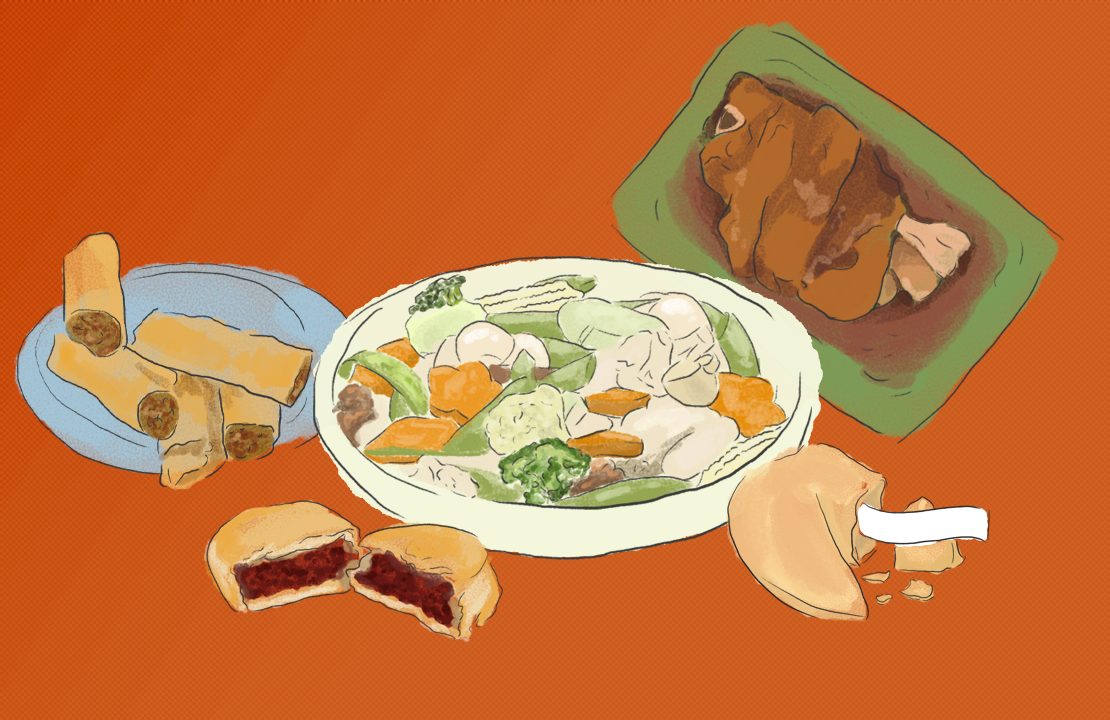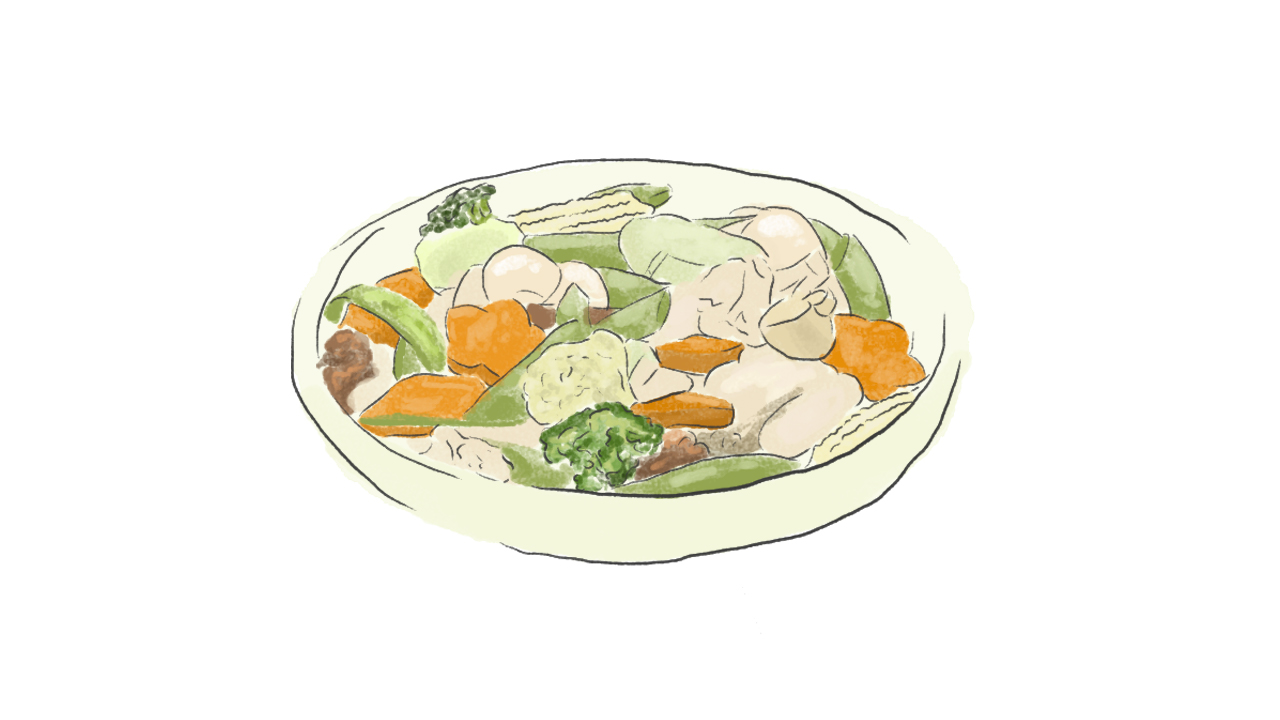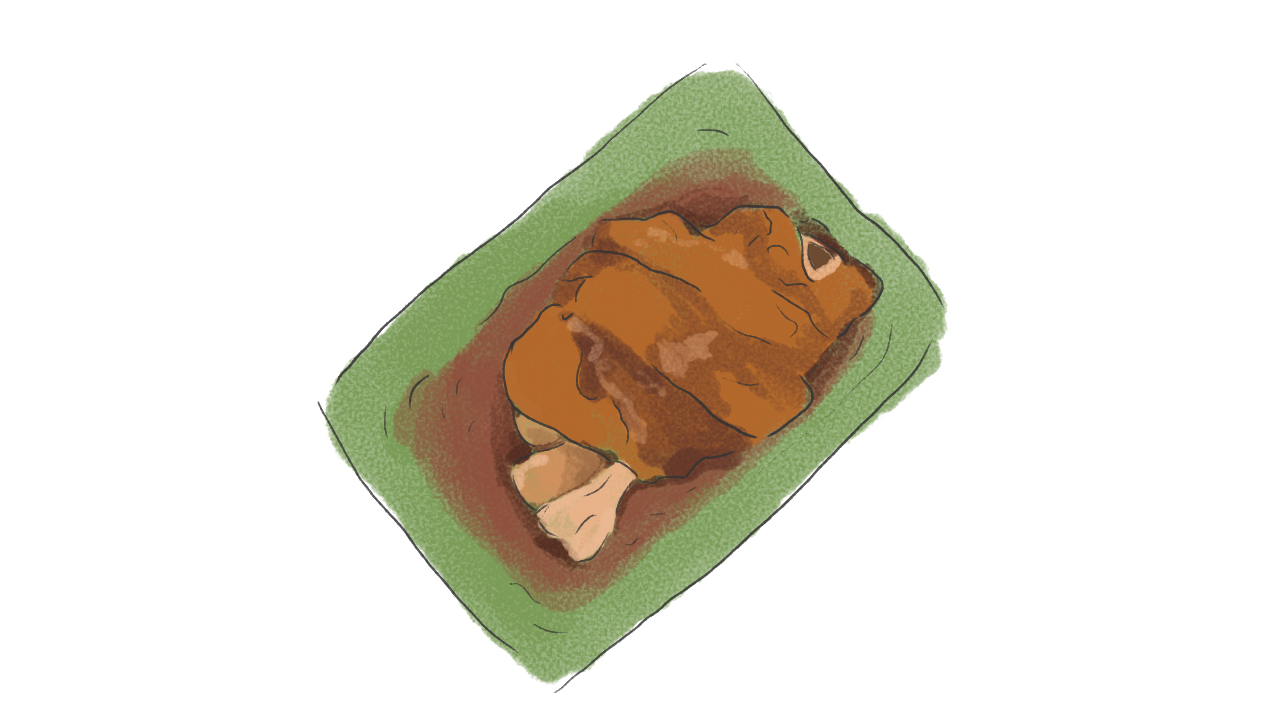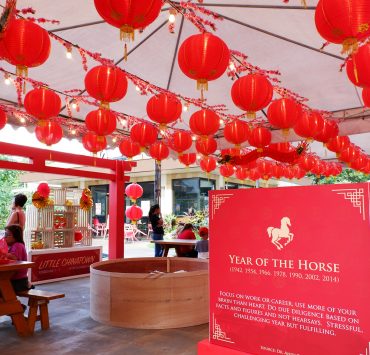In the article “What is Filipino Food?” from the book The Food of the Philippines, writer Doreen Fernandez notes that Chinese food rose as one of the staple dishes in the Philippines the moment restaurants began to sprout in the 19th century. This interest grew up to this day, which is evident with the long lines at Chinese restaurants and the always packed Binondo, the world’s oldest Chinatown (Read: Eat your way through Chinatown for P500 or less).
And it is only common that Chinese food will be in more demand than usual these coming days since the Lunar New Year is right around the corner. We can already spot a lot of establishments selling tikoy and round desserts like hopia, in observance with the coming of the Year of the Pig.
But the thing about Chinese food (or any foreign food brought to the Philippines, for that matter), is that it had somehow went through the same way oral literature grew over the centuries: It evolved from the moment it was passed on to other people and cultures. This means while we may still have a lot of authentic Chinese food in the country, lots of food we deem as Chinese may not really be from or made in China anymore. There are some that we won’t really find in China. The food are just wrongly believed to be Chinese just because it sounds Chinese.
So before you head out and buy boxes of hopia to celebrate the Chinese New Year, read the list of foods below that have fallen into this misconception:
1. Chop suey
Chop suey is a variation of the Cantonese term “shap sui” which means mixed pieces. Despite the similarity in Chinese language, chop suey is not deemed as an authentic Chinese dish but a Chinese-American one as it first gained traction on the American dining scene. Most reports said you won’t even find a dish called chop suey in China.
The History Channel noted in 2012 that there’s a legend believing that the dish was first created in San Francisco during the 1840s, when a group of drunken miners demanded food from a Chinese restaurant one late night. The owner, exhausted after a days’ work, scraped the food from the previous customers’ plates, mixed the mess with soy sauce, and served it to the clients. They liked it so much that the “mixed dish” became widespread and traveled to other countries.
2. Hopia
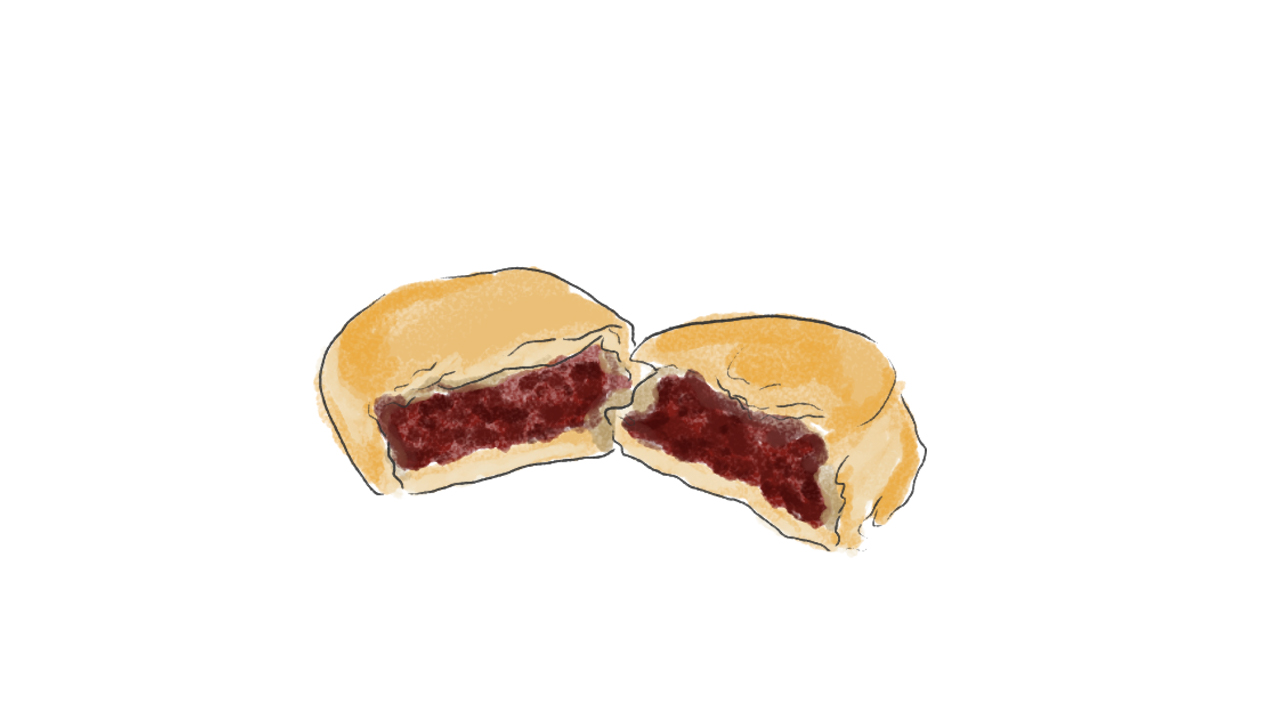
Although the Fujianese first introduced a bean-filled delicacy called bakpia in the early 1900s to Indonesians and Filipinos, it’s not the hopia we’re familiar with because of its flaky surface. The hopia we know of is actually rooted in the cake-dough delicacy made by the Japanese, Meah Ang See of the Bahay Tsinoy Museum told the Philippine Daily Inquirer in 2017. “These were called Hopiang Hapon or Japanese Hopia. […] It was a more desirable product because it stored well and was easier to make than the flaky Chinese version,” he said.
3. Lumpiang Shanghai
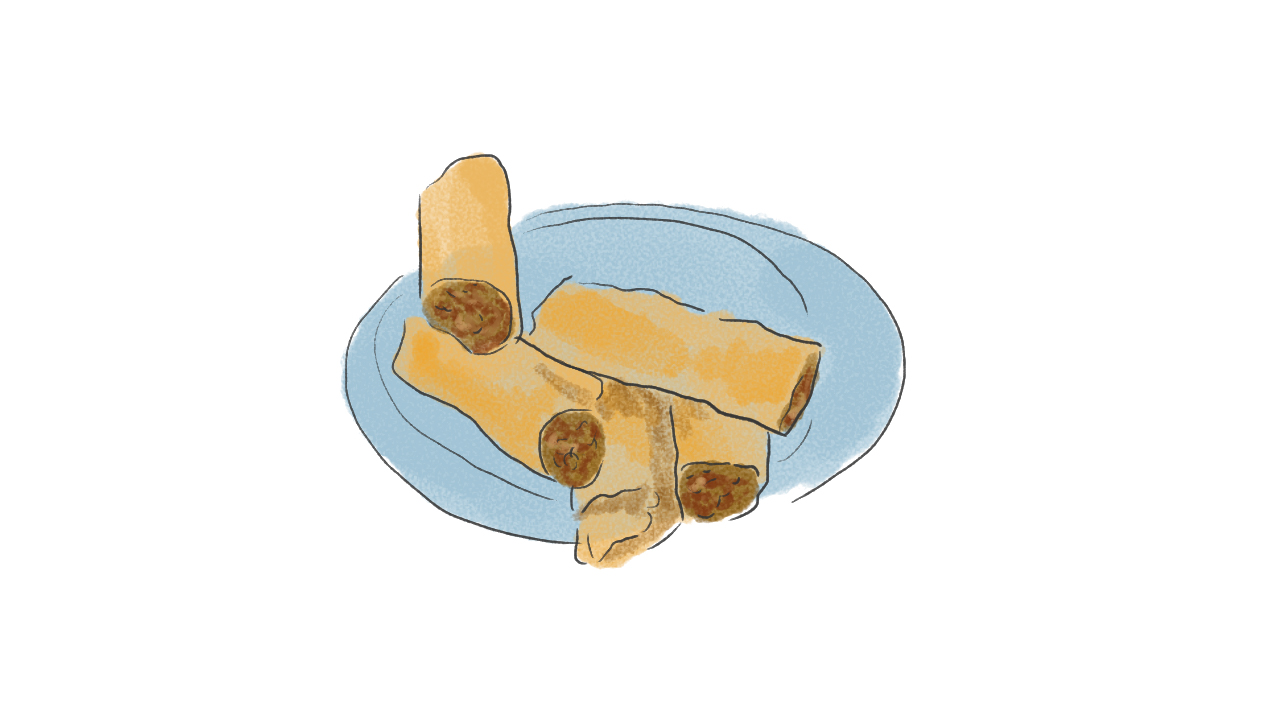
It may be named after the biggest city in China, but it’s not Chinese. Although the whole concept of lumpia was derived from Chinese spring rolls, lumpiang shanghai is more similar to the crispy Vietnamese spring roll. The only difference is that the Vietnamese ones traditionally contain seafood while ours are filled with ground beef or pork and vegetables.
4. Pata Tim
One of the best-known dishes in Chinese restaurants in Binondo is the pata tim or braised pork hocks. There’s no really record of how this dish spread in the Philippines (much more in Chinatown) but the only part of this dish that has a Chinese origin, as posted by many recipes is the savory sauce simmered on it.
5. Fortune Cookie
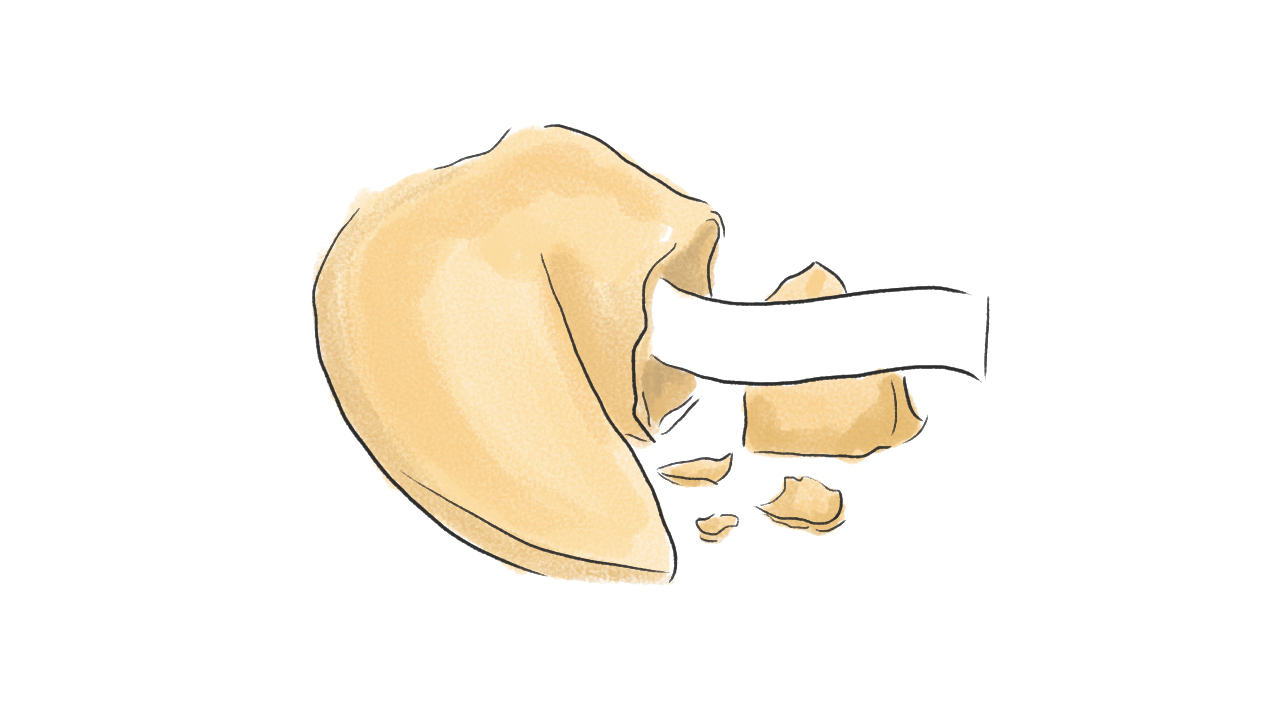
In 2013, authors Edward Yang, Kate Ou, and Dennis Smith published the entertaining read Confucius Says… There Are No Fortune Cookies in China, breaking the notion that the thin folded sweet cookies with a prediction or a proverb tucked inside it is from China. “You will not find any cultural stories about fortune cookies in ancient China!” they wrote. “They are not part of Chinese culture.”
Despite being widely served in Chinese restaurants and shops, these cookies were actually made by Japanese in America. Researchers from the National Museum of American History found out that the cookies were first made by a Japanese confectionery store called Benkyodo in San Francisco during early 1900s. They were supplying the delicacy to the Japanese Tea Garden, one of San Francisco’s most popular attractions.
The outbreak of World War II, however, stopped the production. According to the researchers, this gave Chinese businessmen the chance to reproduce the cookie and sell it to Chinese restaurants instead.
Read more:
Have falafel 4 ways at this new Mediterranean grab-and-go in BGC
8 Mediterranean restaurants to try this 2019
NEW: Shawa Wama is Rockwell’s new grab-and-go Mediterranean spot
Read more by Amierielle Anne Bulan:
In this hawker centre-inspired diner, roti is everything but a side dish
This new app lets you get a haircut at home
Bago City in Negros Occidental to lead Nat’l Arts Month launch on Feb. 1 —NCCA


